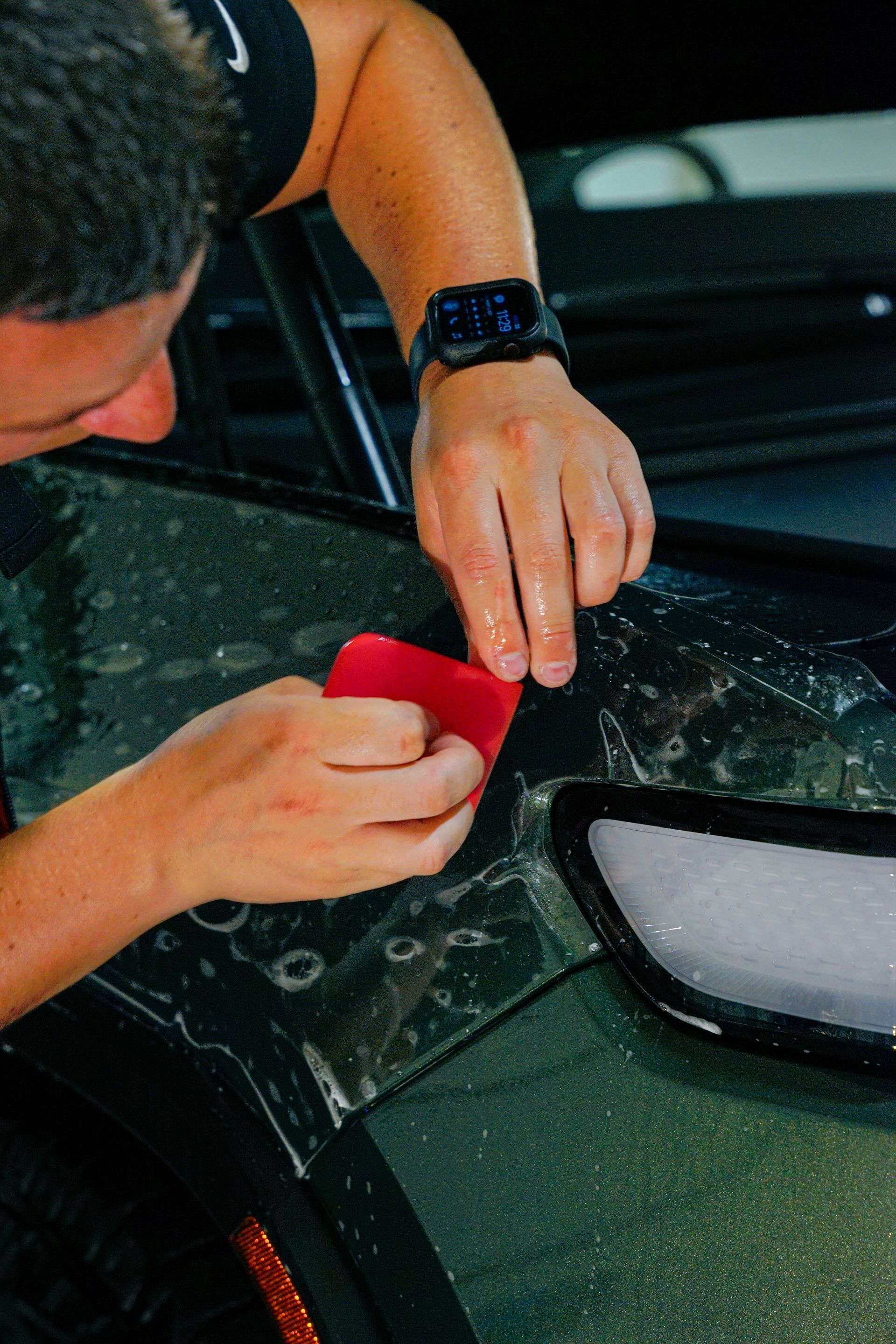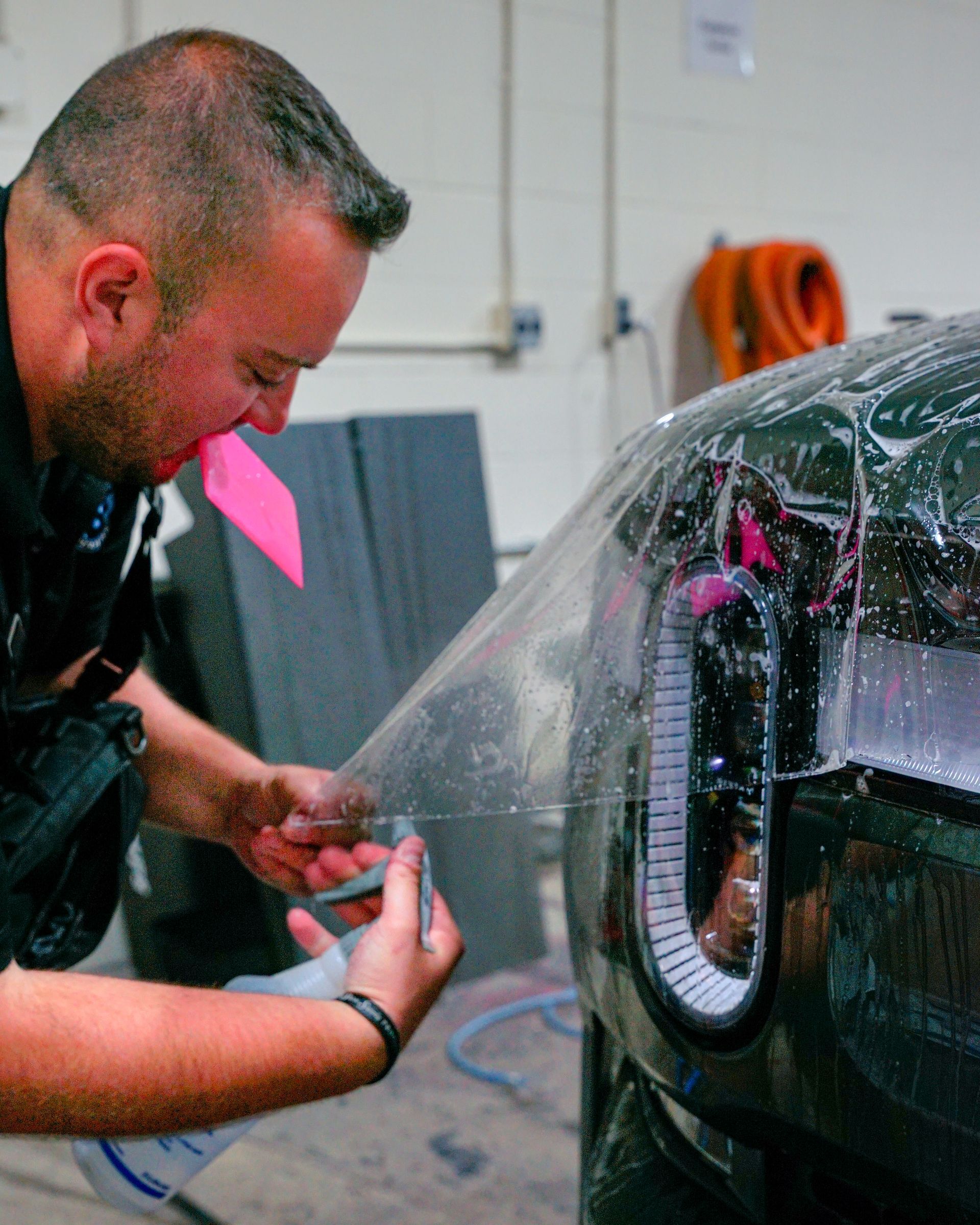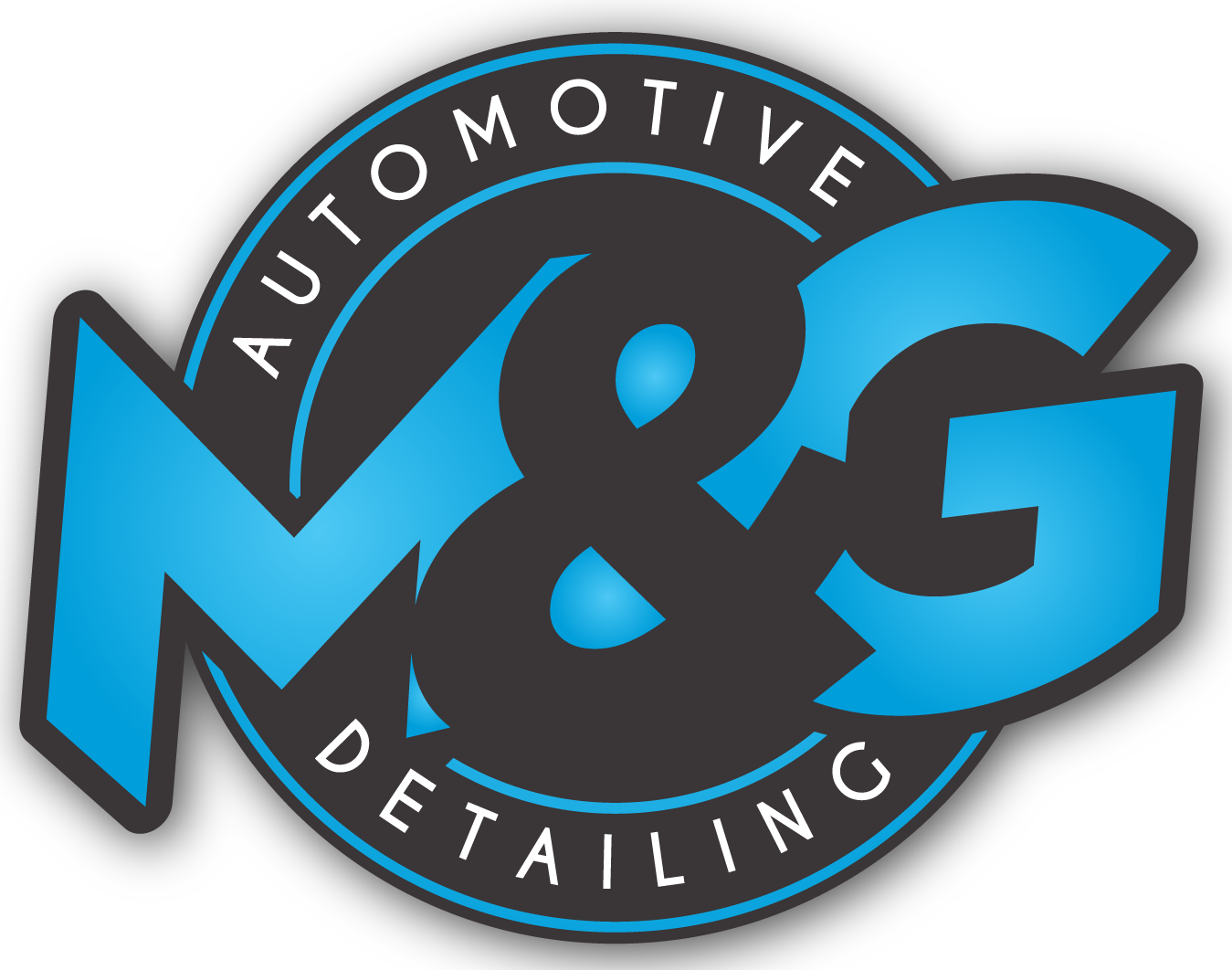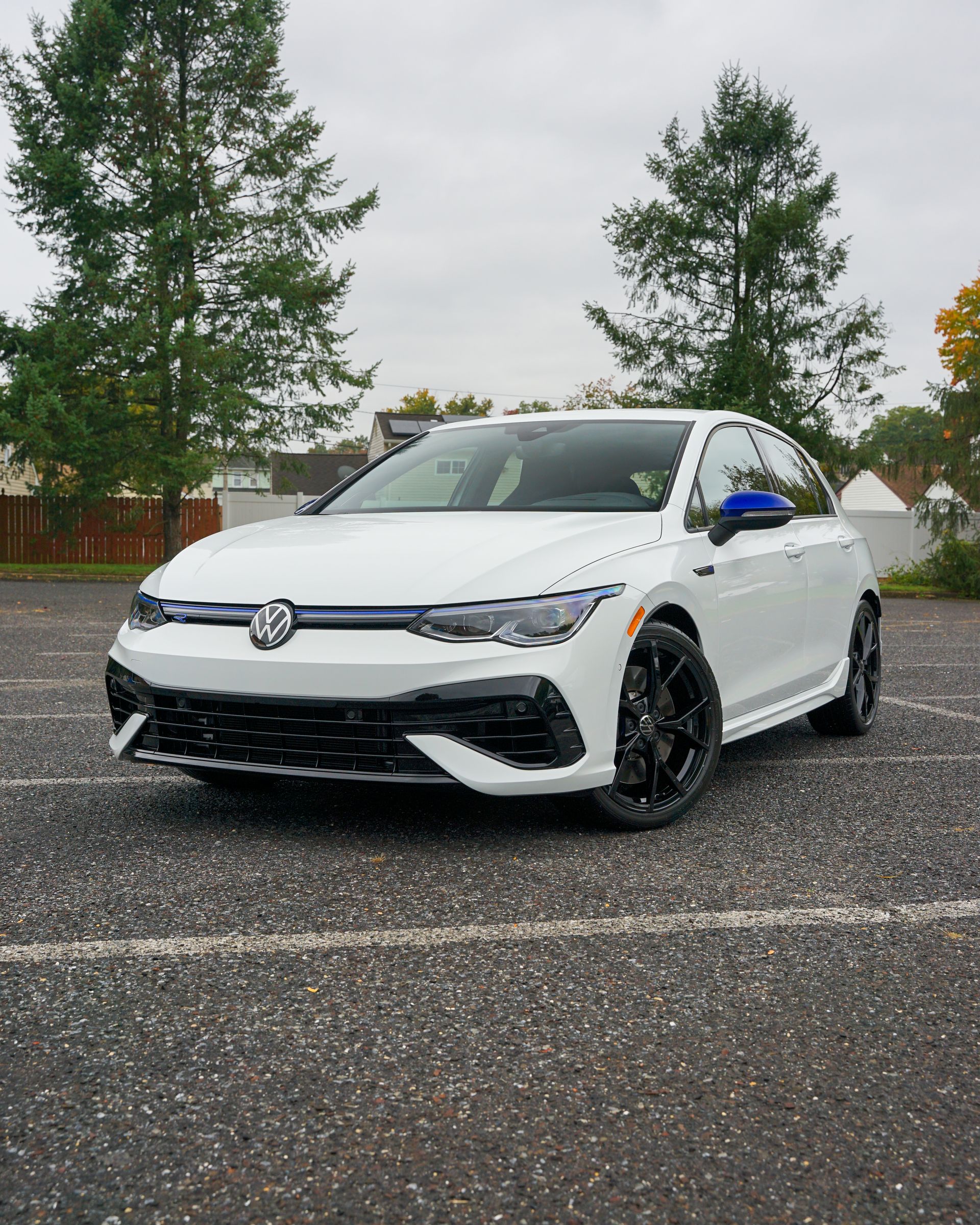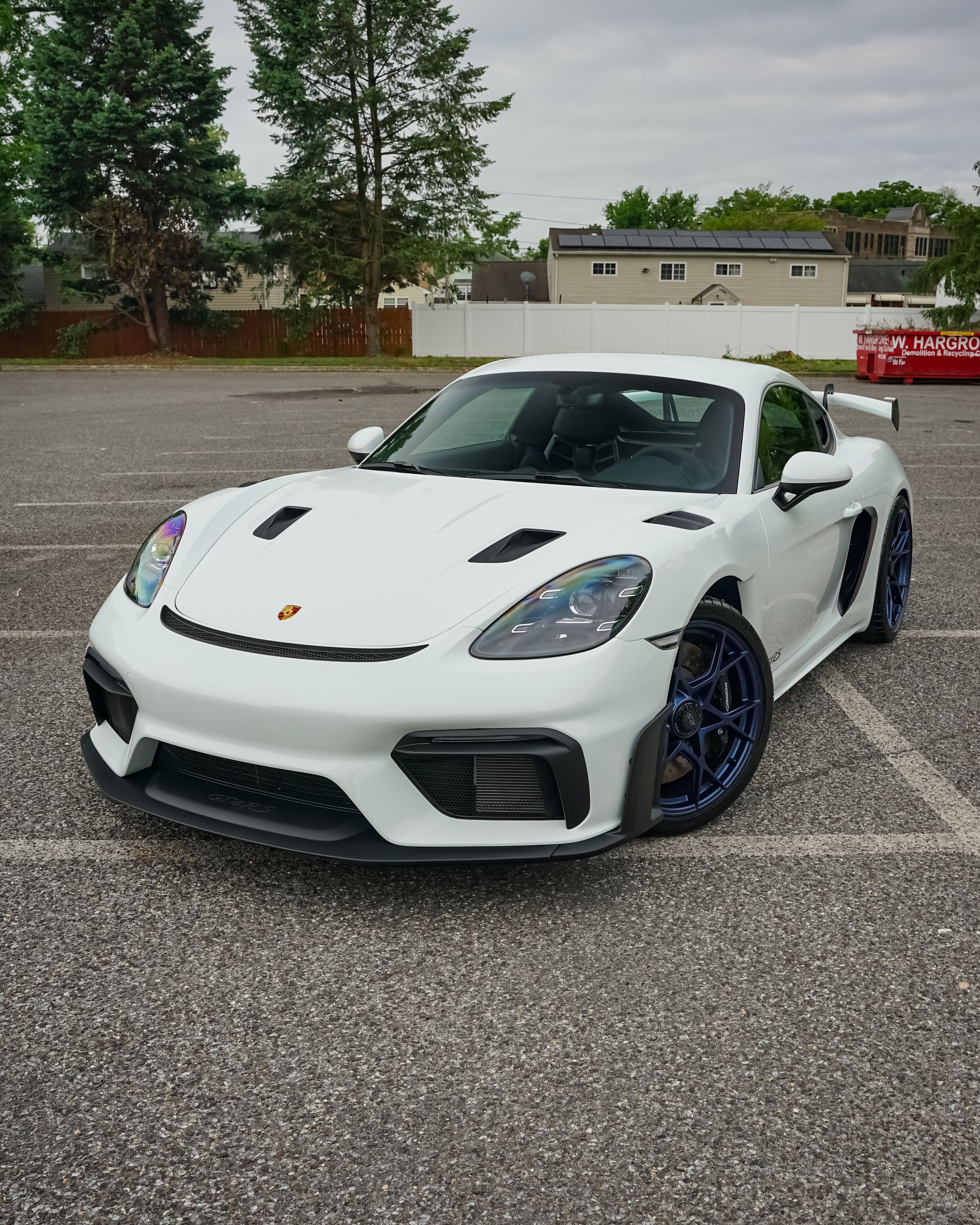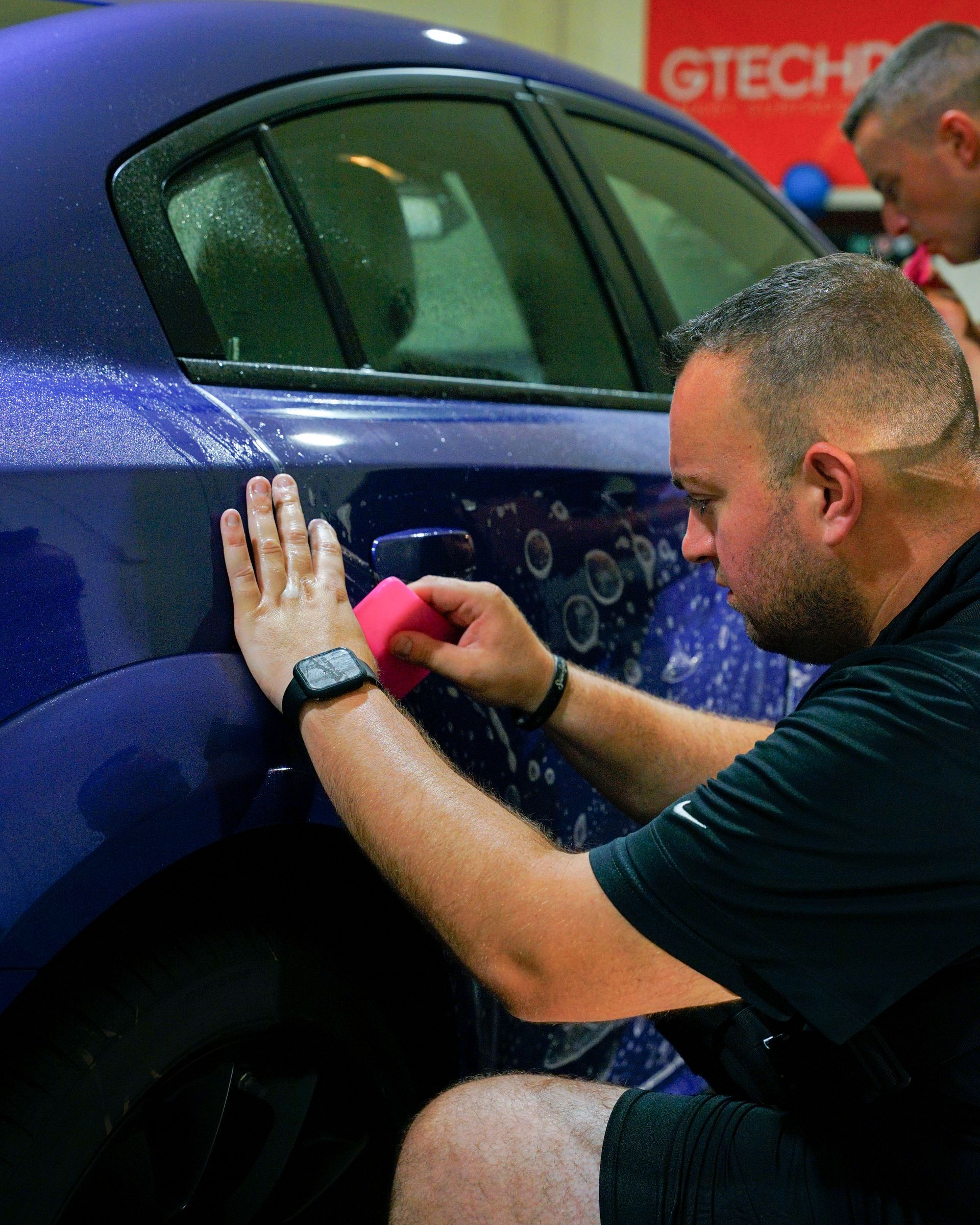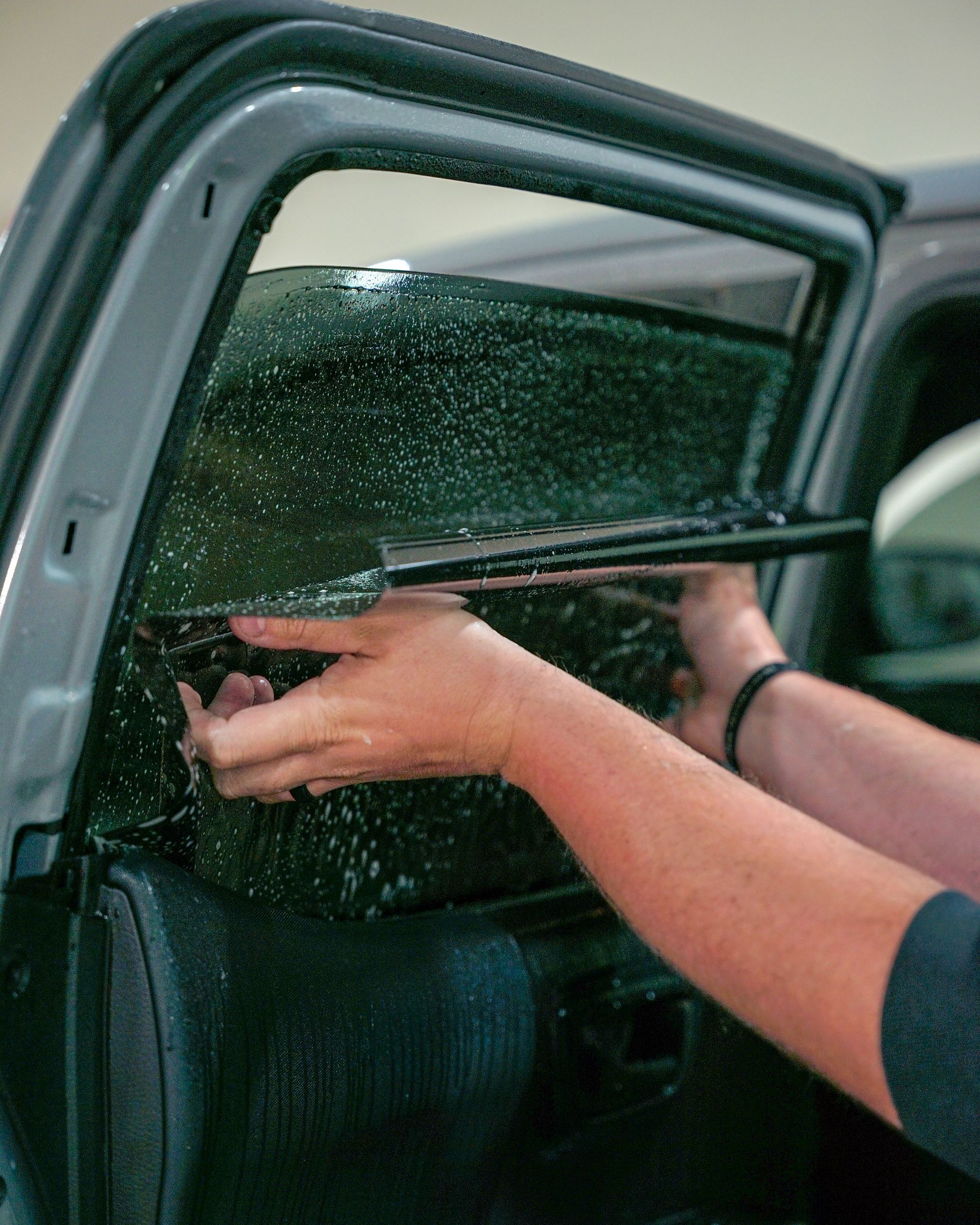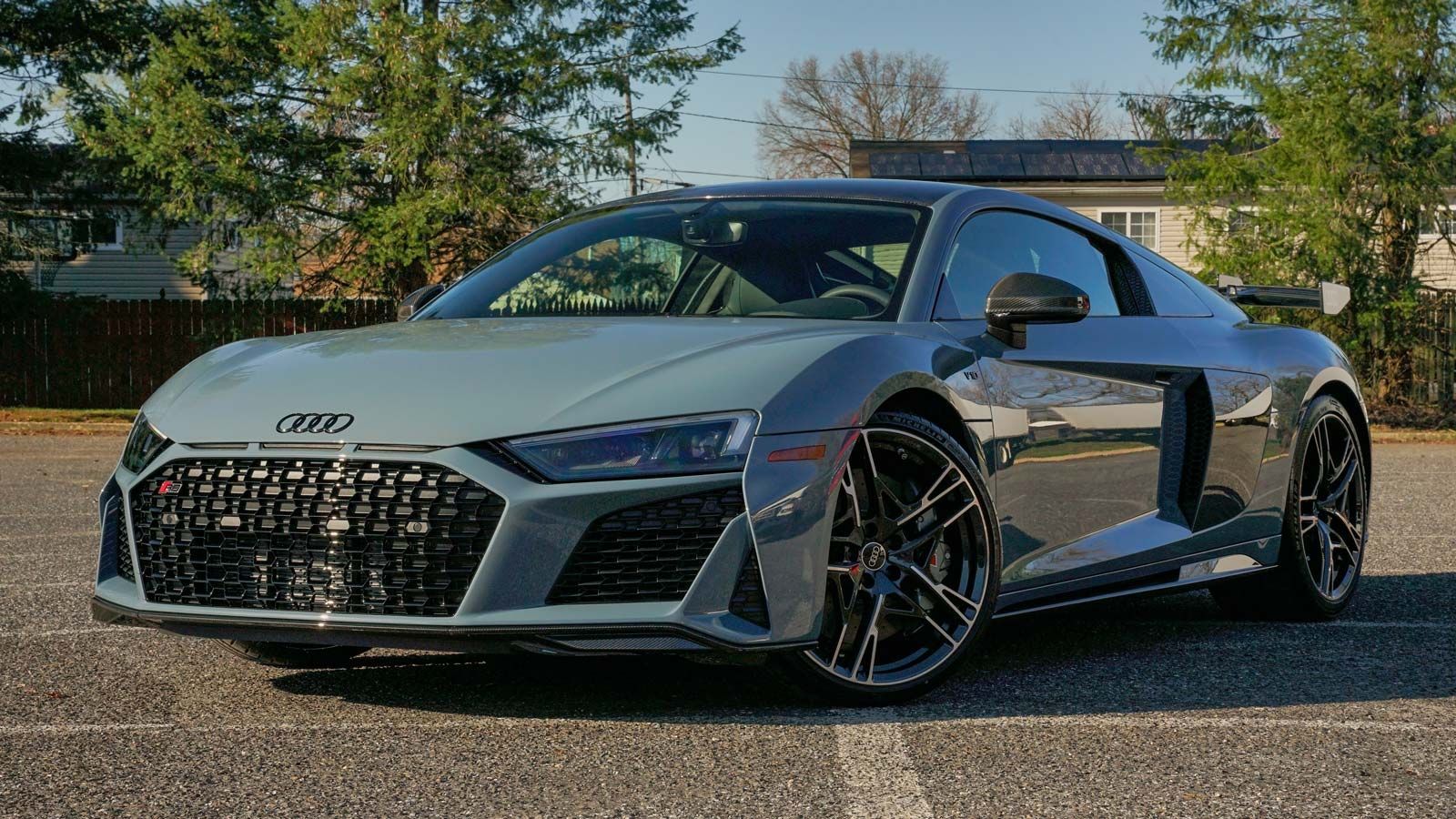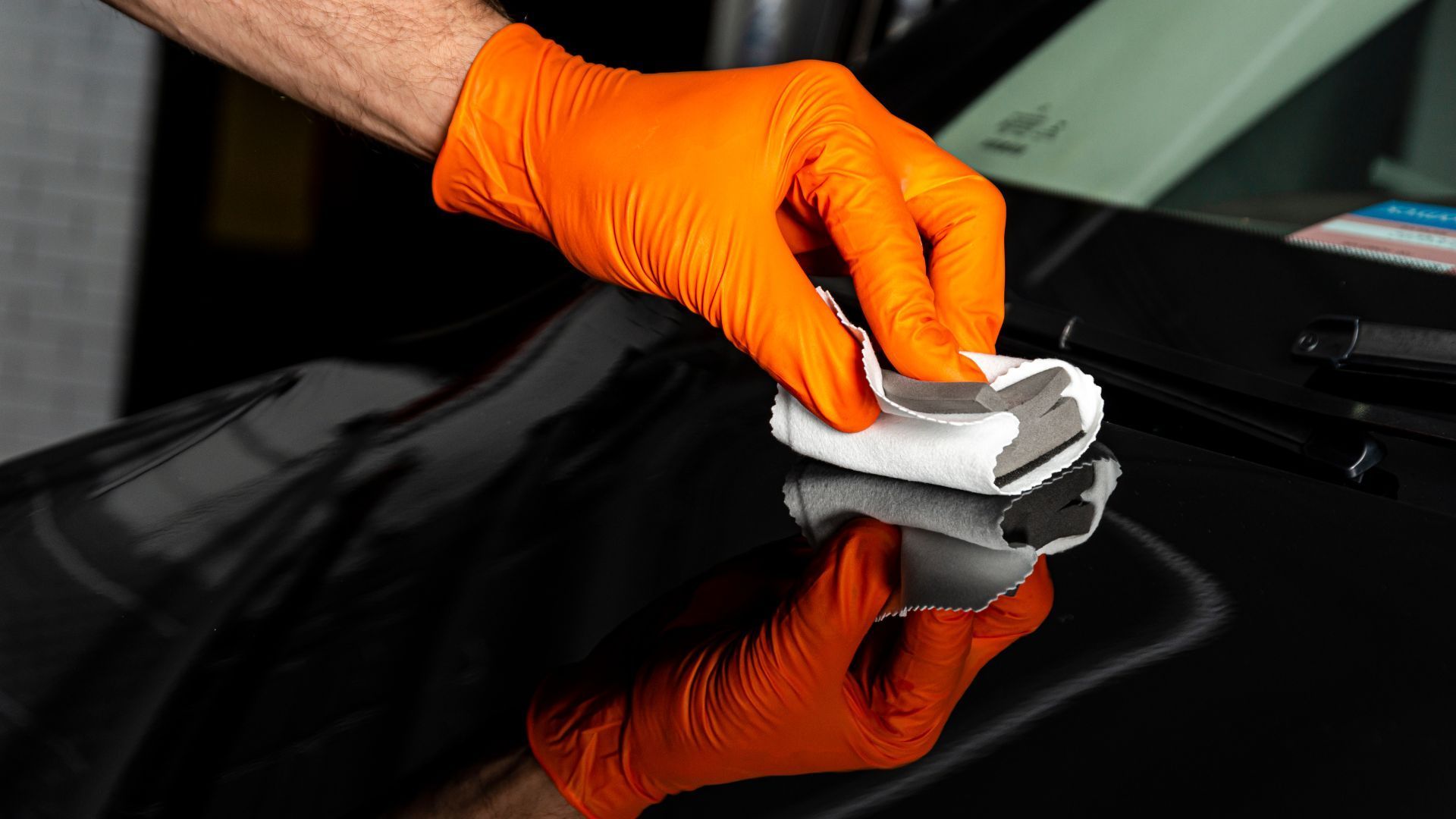Durability of PPF: How Long Does Paint Protection Film Really Last?
When it comes to keeping your car looking brand new, many people wonder if paint protection film (PPF) is worth the investment. After all, the roads we drive on are filled with potential threats like rocks, dirt, and UV rays that can harm our vehicles. If you've ever cringed at a small scratch or thought about how fading can ruin your car's color, you're not alone. PPF acts like a clear shield for your vehicle, absorbing impacts and protecting against environmental damage. In this article, we'll explore how long these protective films really last, what factors influence their durability, and how you can maintain them to keep your car looking its best for years to come. So buckle up as we dive into the world of paint protection film!
The durability of paint protection film (PPF) can vary significantly based on the quality of the material; premium brands like XPEL and STEK can last up to 10 years with proper care, while lower-quality options may only endure 1-2 years. On average, you can expect PPF to last between 5 to 7 years before significant degradation occurs.
How PPF Shields Your Vehicle
The primary purpose of Paint Protection Film is its role as an invisible armor that safeguards your vehicle’s paint from a myriad of potential harm. Imagine cruising down a gravel road and suddenly hearing a ping as a small stone makes contact with your car's surface. Without PPF, that sound could translate into an unsightly chip or scratch on your pristine paint job; however, with PPF installed, the film absorbs that impact seamlessly. It acts as a sacrificial layer, taking the brunt of minor abrasions and letting your original paint remain untouched beneath.
The beauty of PPF lies not only in its resilience against physical damage but also in protecting your vehicle against environmental hazards. Harmful UV rays can cause long-term fading of any vehicle’s color, slowly leading it to appear tired and worn. Thankfully, many premium PPF brands incorporate UV inhibitors specifically designed to combat this issue, preventing sun damage while preserving your car's vibrancy. This means you can leave your car parked under the blazing sun without worrying about irreversible fading.
Additionally, environmental contaminants such as acid rain, bird droppings, and tree sap can be detrimental to painted surfaces. These substances can etch into the paint if left unattended, causing stains and requiring costly repair work to restore the original finish. With PPF in place, these harmful agents rest securely on the film's surface rather than directly on the paint, making them significantly easier to clean off before they have a chance to do any real damage. Think of PPF as an extra set of skin for your vehicle that helps shield it from all the little annoyances we encounter daily.
Impact Absorption
In terms of real-world experiences, one SUV owner shared an anecdote that epitomizes PPF’s protective qualities. While driving on a highway with loose gravel, their vehicle endured an unexpected barrage of rocks being kicked up by other cars. Instead of witnessing scratches or dents marring their hood’s glossy finish, they were relieved to find that the film had absorbed the impact entirely. The scratches appeared only on the PPF itself—a much simpler fix than dealing with damage directly on their paintwork.
It's clear that not only does PPF enhance the aesthetic appeal of your vehicle by preserving its flawless look, but it also plays a significant role in maintaining its resale value over time by keeping the paint pristine. This durability translates into tangible benefits when it comes time to sell or trade in your car; potential buyers are attracted to vehicles that look well-maintained and new—qualities that will be hard to achieve without the protective qualities of Paint Protection Film.
As we explore more about how different materials influence performance, it’s essential to understand the various aspects related to those protective layers’ quality.
Quality of PPF Materials
The durability of Paint Protection Film (PPF) is intricately linked to the quality of materials utilized in manufacturing it. Most high-quality films incorporate multiple layers of specially formulated polymers, with polyurethane being the star player. This specific material is prized for its outstanding resilience and flexibility, allowing it to endure harsh weather and everyday wear from road debris.
Thickness and Strength
The thickness of the PPF plays a pivotal role in its performance and lifespan. When evaluating PPF, consider that thicker films generally offer more robust protection. Investing in high-quality polyurethane film can significantly increase longevity compared to entry-level options. For instance, while entry-level films might only provide basic protection for a year or two, high-quality films can deliver peace of mind for up to a decade under normal conditions. By choosing top-tier PPF, you’re investing in long-term protection for your vehicle's aesthetic appeal and resale value. Understanding how these materials work will illuminate why professional installation is crucial for maximizing their benefits.
Importance of Professional Installation
Even the most resilient paint protection film will not shine if it is improperly applied. The nuances of applying PPF involve careful attention to detail, and let's face it, many of us just don’t have that level of patience or expertise. Professional installers spend countless hours perfecting their technique, dedicating themselves to flawless installations. This ensures that the film adheres without unsightly bubbles, creases, or misalignment that can compromise its protective capabilities.
Skill and Experience
Achieving this kind of perfection requires skill and knowledge amassed through training and practice, which DIY solutions simply cannot replicate. Alternatively, poor installation can lead to issues such as early peeling, edge lifting, and reduced lifespan. Imagine investing in high-quality PPF only to watch it deteriorate prematurely because it was improperly placed. When discussing costs associated with PPF—averaging anywhere from $1,500 to over $3,000—spending a little more on proper installation becomes a wise decision.
Some might argue that DIY PPF kits are available at a fraction of the cost and that anyone can apply film with enough enthusiasm. While it's true that these kits can be appealing for budget-conscious individuals, the precision required for a flawless application is often undervalued. A botched job may ultimately force vehicle owners to seek professional help later, which could negate any initial savings.
Investing in professional installation increases durability by 20–30%, thanks to specialized tools and techniques that minimize the risks of bubbles and misalignment—critical factors that affect longevity and performance. It’s not merely about covering your vehicle; it’s about enhancing its overall presentation while ensuring robust protection against life’s little mishaps. As we explore further into enhancing the longevity and effectiveness of paint protection film, understanding how to properly care for it becomes essential for long-term value.
Best Practices for PPF Care
Understanding how to maintain paint protection film (PPF) is crucial not just for aesthetics but for safeguarding your investment. Regular maintenance ensures that the PPF performs at its best and retains its protective qualities. One of the first steps to maintaining the integrity of your PPF is to wash your vehicle regularly. Utilizing a gentle car wash soap paired with a soft microfiber mitt makes a world of difference. Avoid abrasive tools that may scratch or damage the surface of the film; remember, your goal is to preserve that smooth, clear layer over your paint.
Once you’ve washed your car, drying it correctly is equally essential. Instead of rubbing with rough towels, gently pat the surface dry with a soft towel. This significantly reduces the risk of water spots forming, which can mar the appearance of both the PPF and your paint underneath. The choice of towel matters too—an absorbent microfiber towel is ideal for achieving that streak-free finish.
Another critical aspect of cleaning comes down to what you use on the film itself. Harsh chemicals and solvent-based cleaners are often touted as effective but can seriously degrade the film’s surface over time. Though they might promise a deep clean, these substances can compromise the protective qualities that PPF offers. Stick with pH-neutral soaps specifically designed for automotive use; these are safe and effective without causing long-term damage.
Remember: simple maintenance goes a long way! Keeping up with these practices will help prevent premature wear while enhancing the overall durability of your film. To add an extra layer of protection, consider applying a ceramic coating over your PPF. This amplifies its lifespan by offering enhanced durability against environmental elements such as UV rays, scratches, and chemicals—think of it as giving your car an additional shield. Implementing these practices diligently will ensure longevity for your PPF while safeguarding your car's pristine finish. Transitioning from maintenance, understanding how warranties function for this protective layer can further secure your investment.
Insights on PPF Warranty
A comprehensive warranty serves as a crucial indicator of not just the film's quality but also its expected longevity. Premium PPF brands have established themselves with warranties that range from 7 to 10 years, protecting against common concerns such as yellowing, peeling, and cracking. This longevity assures customers that the product has been designed to withstand wear and tear over extended periods, making it a worthwhile investment in maintaining your vehicle's finish.
Alongside understanding what is covered, knowing how to maintain the integrity of your warranty is equally significant. Most warranties stipulate that installation must be performed by certified professionals. If you decide to undertake a DIY installation to save costs, you may risk voiding the warranty entirely. Thus, involving experts ensures proper adherence and application while safeguarding your rights to warranty claims later on.
Be proactive in inquiring about warranty details before purchasing and installing PPF for your vehicle. With this knowledge, you'll be equipped to make a well-informed decision tailored to your needs. After all, understanding your options can enhance both value and protection as you care for your vehicle over time.
Ultimate Protection: Expert PPF Installation in Voorhees, NJ
Shield your vehicle from road debris, scratches, and environmental damage with premium paint protection film (PPF) from M&G Automotive Detailing in Voorhees, NJ. Our expertly installed PPF acts as an invisible armor, preserving your car’s flawless finish while maintaining its factory-fresh look. With precision application and top-quality materials, we ensure long-lasting defense against daily wear and tear. Book your PPF service today and drive with confidence knowing your paint is protected!

